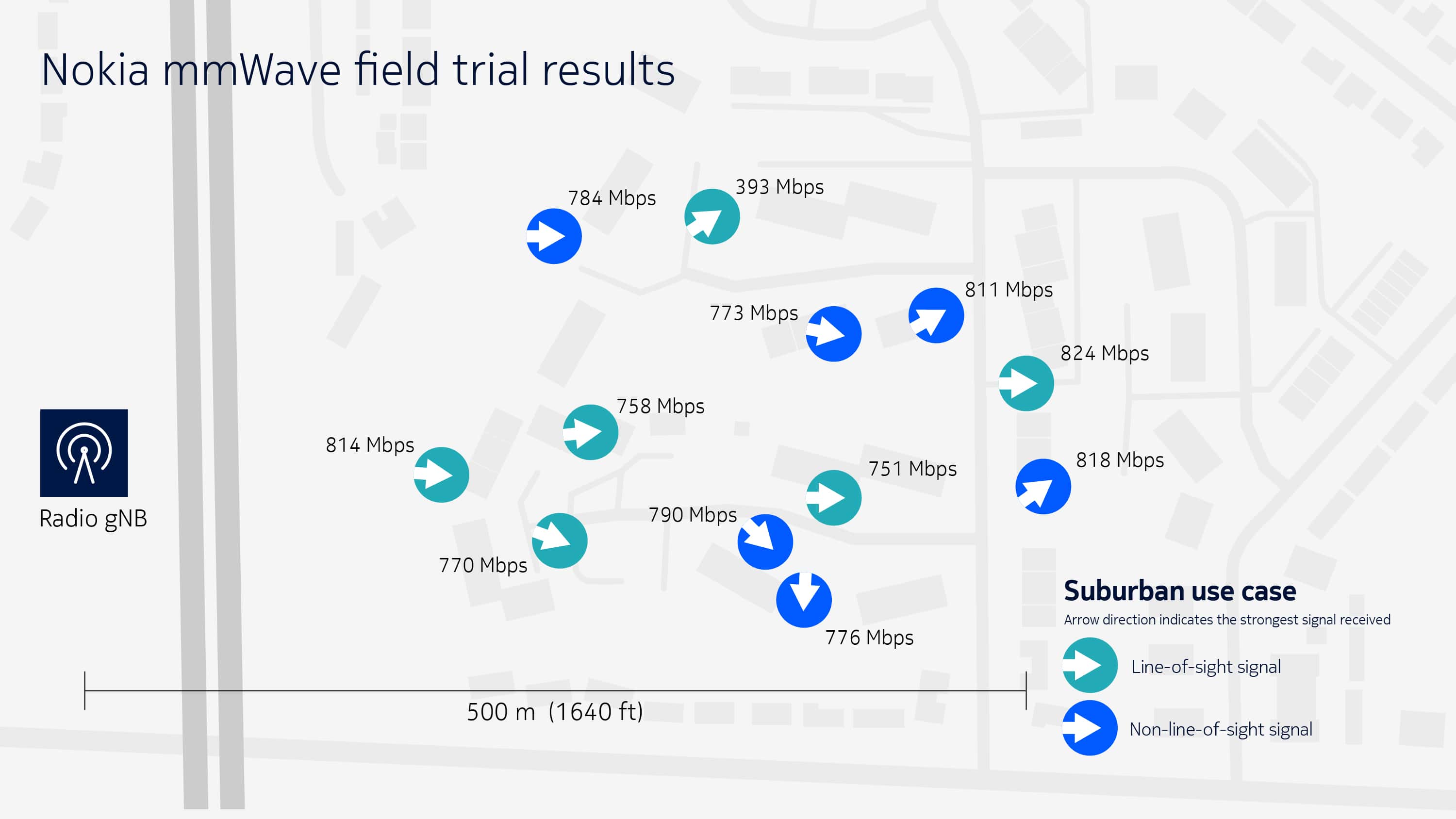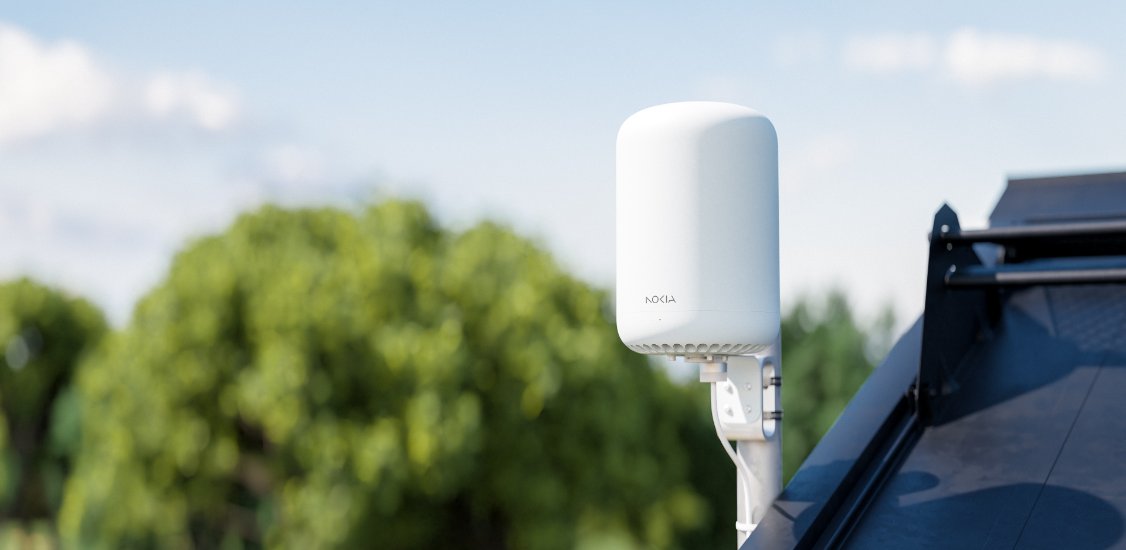Fixed wireless access (FWA) is surging in popularity thanks to 5G technology. It's seen explosive growth, especially in areas lacking wired broadband options, and is expected to reach more than 250 million happy subscribers by 2028 (1).
While this success has enabled operators to generate new revenues and boost the return on their 5G investments, it has presented some challenges for the industry. Because fixed broadband users crave around 20x more data than mobile users, it’s been essential to ensure 5G capacity is managed in such a way as to avoid service degradation for both FWA and mobile users. These capacity challenges have been addressed by enhancements to antenna strength, device positioning, automated cell selection, and general RAN capacity management improvements, to name a few.
FWA’s success thus far has been achieved using mid-band 5G spectrum. The next development for FWA is to take advantage of 5G mmWave. While the most talked-about benefit of mmWave is the higher speeds it can deliver (multi-Gigabit speeds, under the right circumstances), of more importance to FWA is the enhanced capacity brought by the additional bandwidth (24 GHz to 50 GHz).
However, the viability of mmWave FWA has been dependent on overcoming the challenges of line-of-sight (LoS) deployments and range: the higher frequencies suffer greater signal degradation than the mid-bands, so shorter distances with clear LoS were assumed to be essential for mmWave deployments.
These issues have been overcome with Nokia’s first 5G mmWave solution.
The Nokia FastMile 5Gmm Receiver is packed full of innovative features. Firstly, a 360-degree antenna with industry-leading gain picks up signals from any direction, including indirect reflected and refracted signals. This overcomes line-of-sight restrictions and makes mmWave FWA cost-effective in dense urban and suburban settings. Our field trials show incredible results, as you can see in the image below. This shows locations using our 5G mmWave FWA receiver to connect to a 5G tower on the left of the image. It then shows the direction from which each household receives its signal, and the broadband speed attained.

Built-in intelligence creates a 360-degree fingerprint of the radio environment and adapts to changes. For example, if an obstruction interferes with a signal, the Nokia device automatically selects the next best source. If a new cell tower permanently comes online that provides a better signal, the device can automatically connect to it. This auto-alignment also makes installation a breeze and eliminates truck rolls for any future realignment needs. A last important point is that Nokia FastMile mmWave receiver also operates in the mid-bands adding additional reliability to the solution.
Firstly, contrary to popular belief, mmWave FWA can serve rural areas. Nokia has successfully demonstrated in the wild mmWave FWA delivering 1 Gb/s downstream over a distance of 7 km. FWA thus becomes a very viable proposition for bridging the digital divide in areas where operators are not yet able to deploy fiber. Granted, FWA in these environments is an engineer-installed solution with highly directive, beamforming antennas, and a strong line-of-sight connection, but the effort pays off in terms of performance for users, and for operators striving to connect the unconnected and the underserved.
However, even more valuable and, in Nokia’s opinion, the most likely deployment option, is to use 5G mmWave to alleviate mid-band bottlenecks. Here, low cost, high capacity mmWave can be added to existing 5G mid-band cell sites. mmWave can then offload capacity from mid-band resources and make it available more towards the cell edge, with end-users receiving better throughput as a result. This has the added advantage of preserving precious spectrum for mobile users while increasing capacity to add more FWA subscribers in that area. Furthermore, this model is simpler and more cost effective than network densification.
That said, the breakthroughs in Nokia’s mmWave FWA solution also increase the viability of using it in dense urban environments. Understandably, true line-of-sight deployments in urban areas can often be difficult to achieve, but with the ability of Nokia’s solution to connect through reflected and refracted signals, this is no longer a barrier. This use case will be a valuable tactical tool for operators, perhaps for entering a new market, competing out of a traditional service area, or filling a gap in a fiber-to-the-home deployment.

There’s a bright future for FWA that’s even brighter with the arrival of mmWave. Having the right device, using the right spectrum, multiplies the options for broadband providers trying to manage their 5G spectrum while simultaneously bring better services to more people.
Know more about Nokia’s Fixed Wireless Access solutions.
(1) Source: MEXP-FWA-2023, October 2023 edition



















